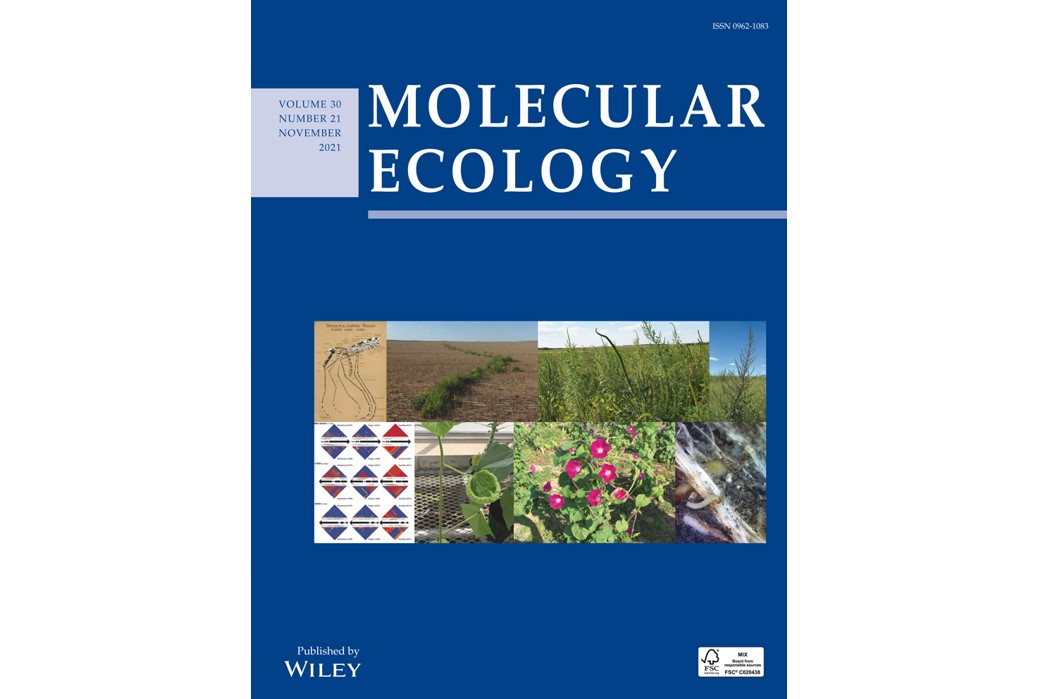Published in: Molecular Ecology
Authors: Laura Duntsch, Annabel Whibley, Patricia Brekke, John G. Ewen & Anna W. Santure
Abstract:
Inbreeding can lead to a loss of heterozygosity in a population and when combined with genetic drift may reduce the adaptive potential of a species. However, there is uncertainty about whether resequencing data can provide accurate and consistent inbreeding estimates. Here, we performed an in-depth inbreeding analysis for hihi (Notiomystis cincta), an endemic and nationally vulnerable passerine bird of Aotearoa New Zealand. We first focused on subsampling variants from a reference genome male, and found that low-density data sets tend to miss runs of homozygosity (ROH) in some places and overestimate ROH length in others, resulting in contrasting homozygosity landscapes. Low-coverage resequencing and 50Â K SNP array densities can yield comparable inbreeding results to high-coverage resequencing approaches, but the results for all data sets are highly dependent on the software settings employed. Second, we extended our analysis to 10Â hihi where low-coverage whole genome resequencing, RAD-seq and SNP array genotypes are available. We inferred ROH and individual inbreeding to evaluate the relative effects of sequencing depth versus SNP density on estimating inbreeding coefficients and found that high rates of missingness downwardly bias both the number and length of ROH. In summary, when using genomic data to evaluate inbreeding, studies must consider that ROH estimates are heavily dependent on analysis parameters, data set density and individual sequencing depth.
You can access the paper here
